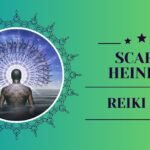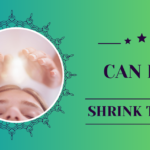Introduction to Reiki and Its Healing Principles
Are candles necessay for reiki healing Reiki, an ancient Japanese healing technique, has gained immense popularity among those seeking holistic wellness. It revolves around the idea of channeling energy through the hands to promote physical, emotional, and spiritual healing. This practice, rooted in the principles of balance and energy flow, offers a serene approach to well-being.
In Reiki, practitioners believe that life force energy flows through us, and when this energy is low or blocked, it can lead to ailments or stress. By using gentle hand movements, Reiki practitioners aim to enhance the flow of energy, facilitating the body’s natural healing processes.
But amidst the various elements associated with Reiki, the use of candles remains a topic of intrigue and debate.
The Role of Candles in Traditional Reiki Practices
Candles have long been synonymous with relaxation and meditation. In traditional Reiki practices, they often play a role in setting the atmosphere for a healing session. The soft glow of candlelight can create a calming environment, conducive to relaxation and focus.
Candles in Reiki aren’t merely for decoration. They serve a symbolic purpose, representing the light within and the connection to spiritual energy. Aromatic candles, in particular, can enhance the sensory experience, aiding in grounding and centering both the practitioner and the recipient.
However, it’s important to understand that while candles can enhance the Reiki experience, their necessity is often questioned. Are candles an essential component, or are they simply an add-on for ambiance?
Debunking Myths Are Candles Necessary for Reiki Healing?
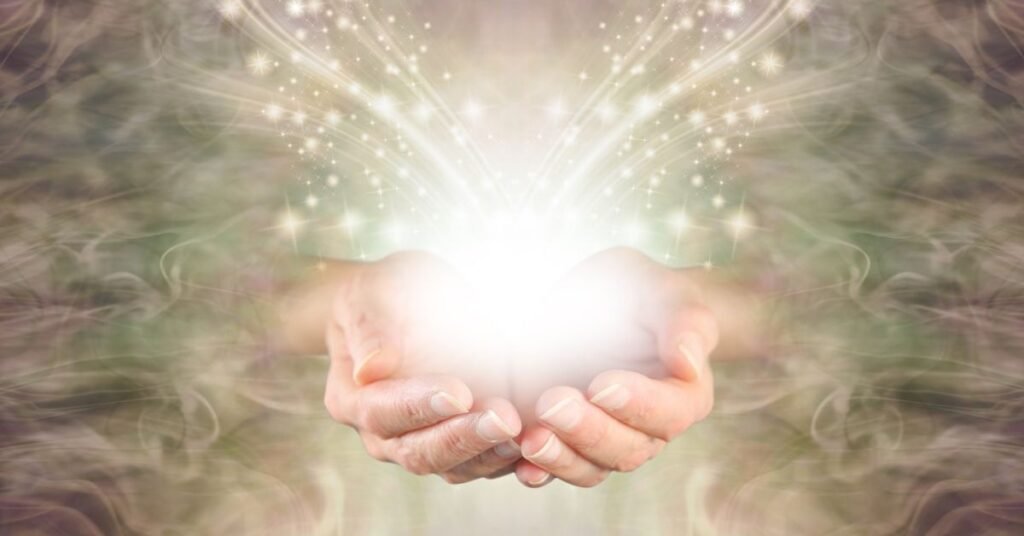
A common myth in Reiki circles is that candles are necessary for effective healing. This belief likely stems from the association of candles with spirituality and ritualistic practices. However, it’s crucial to debunk this myth and understand the true essence of Reiki.
Michaela, an energy healing specialist, asserts, “While candles are a traditional tool in Reiki, they are not necessary for the healing process. Intention and energy are the true catalysts.” This highlights that the core of Reiki lies in the practitioner’s ability to channel energy, not in the presence of candles.
Dr. Amara, a Reiki Master, adds, “The use of candles in Reiki can enhance the therapeutic atmosphere, aiding in relaxation and focus.” While beneficial, candles are not mandatory. The focus should always be on the practitioner’s intent and the flow of energy, which can occur with or without candles.
Alternative Tools and Techniques for Enhancing Reiki Sessions
If candles aren’t a must, what other tools and techniques can enhance a Reiki session? Various alternatives exist, each offering unique benefits to the healing process.
Crystals: Many Reiki practitioners incorporate crystals into their sessions. Crystals are believed to possess their own energies, which can align and amplify the healing process. Placing crystals on or around the body can help balance chakras and promote energy flow.
Sound Healing: Instruments like singing bowls and chimes can create vibrations that aid in energy alignment. Sound healing is a powerful complement to Reiki, helping to clear blockages and enhance relaxation.
Aromatherapy: Essential oils and diffusers can provide the aromatic benefits similar to candles. Scents like lavender and eucalyptus can create a soothing atmosphere, aiding in relaxation and focus.
These tools, like candles, are optional enhancements. The effectiveness of a Reiki session ultimately depends on the practitioner’s skill and the recipient’s openness to the process.
The Importance of Intention and Energy in Reiki, Beyond Material Tools
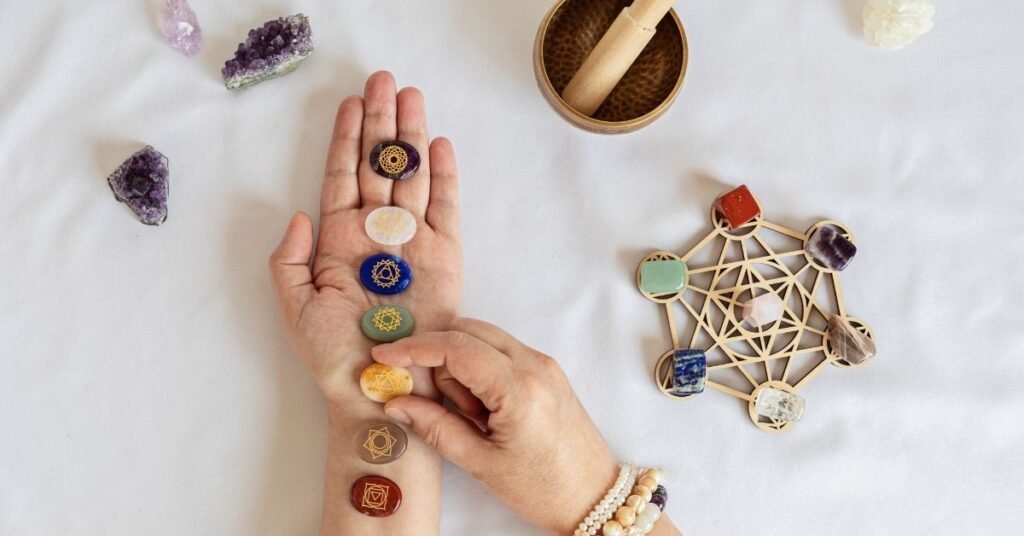
At the heart of Reiki is the concept of intention. The practitioner’s intention to heal and the recipient’s willingness to receive are fundamental to the process. This principle transcends the need for any material tools.
Intention is a powerful force in Reiki. It’s what guides the energy flow and directs it to where it’s needed most. Without a clear and focused intention, even the most elaborate setup with candles and crystals won’t achieve the desired healing effect.
Energy, too, is a key player. Reiki is often described as an energy transfer from the practitioner to the recipient. This energy is believed to have its own intelligence, knowing exactly where to go and what to do. Trusting this energy and allowing it to work its magic is crucial to the success of a Reiki session.
Sarah, a Reiki teacher and practitioner, emphasizes, “The beauty of Reiki lies in its adaptability. Practitioners can incorporate various tools, including candles, based on their intuition and the needs of the recipient.” This adaptability underscores that while candles and tools can enhance, they are not the essence of Reiki.
Personalizing Reiki: Finding What Works Best for You
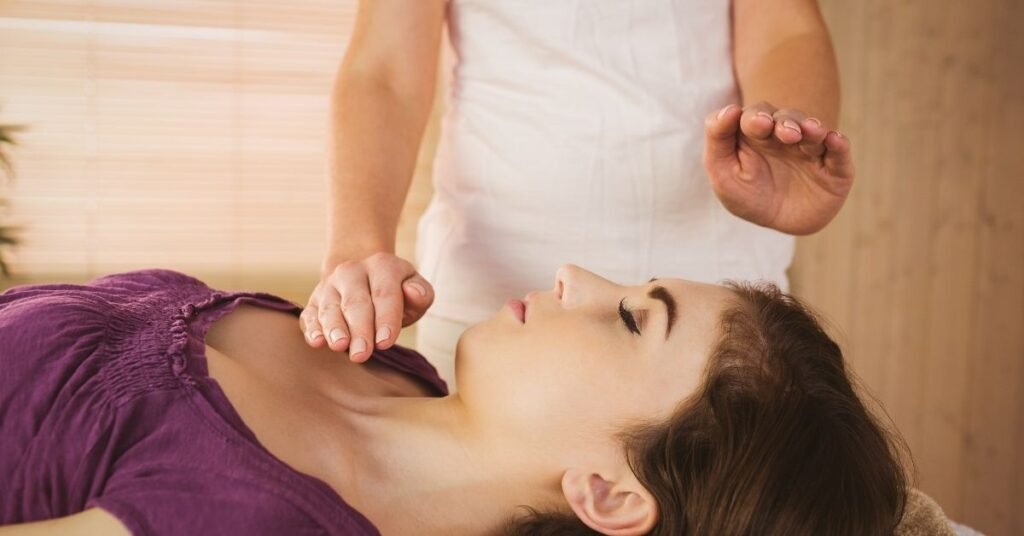
Ultimately, the effectiveness of a Reiki session is a deeply personal experience. Every individual is unique, and what enhances the healing process for one person may not necessarily work for another. It’s essential to experiment with different tools and techniques to discover what resonates most with you.
Self-Reiki: For those who are new to Reiki or wish to practice it regularly, self-Reiki can be a powerful tool. By placing your hands on different parts of your body, you can channel energy into yourself, promoting healing and balance from within.
Combining Modalities: Some practitioners and recipients find that combining Reiki with other forms of therapy, such as yoga, meditation, or acupuncture, can create a more holistic approach to wellness. This synergy can amplify the benefits of each practice.
Journaling: Keeping a journal of your Reiki sessions can help you track your experiences and progress. Writing down your intentions, observations, and any sensations you feel during and after a session can provide valuable insights into your healing journey.
Personalizing your Reiki practice allows you to tailor the experience to your specific needs and preferences. Whether you choose to incorporate candles, crystals, or other tools is entirely up to you. The key is to remain open and receptive to the energy, trusting in the process and allowing yourself to fully experience the healing that Reiki offers.
Insights from Reiki Practitioners

To gain a deeper understanding of the role of candles in Reiki, we turned to insights from experienced practitioners.
Dr. Amara: “Candles can symbolize the light within us and can be a powerful visual aid for centering and meditation during a Reiki session.” This speaks to the symbolic and therapeutic value candles can bring.
Michaela: “While candles are not essential, they can create a sacred space, helping both the practitioner and the recipient enter a state of calm and receptivity.” This highlights the psychological benefits of candles.
Client Experiences: One Reiki master shared her experience with a client who felt a profound sense of relaxation and emotional release when aromatic candles were used during the session. The client reported feeling more connected and open to the healing process.
Another practitioner recounted how candles served as a focal point for intention setting during a distance healing session. The visual cue of the candle flame helped both the practitioner and the recipient concentrate on their shared goal.
Perspectives on the Use of Candles in Different Reiki Schools
Different schools of Reiki have varying perspectives on the use of candles. Traditional Usui Reiki, for example, places minimal emphasis on physical tools and instead focuses on the spiritual and intuitive connection between the practitioner and the recipient. In contrast, some modern adaptations of Reiki may integrate more ceremonial elements, including candles, to enrich the experience.
Traditional Usui Reiki: Practitioners of traditional Usui Reiki often prioritize the energetic connection and the practitioner’s ability to channel healing energy without the aid of physical objects. This approach hinges on the belief that the healing energy of Reiki is inherently powerful and does not require augmentation.
Modern Reiki Practices: Some contemporary Reiki practitioners incorporate candles as part of a holistic approach, blending Reiki with other healing modalities. This fusion can create a more immersive experience, but it is generally seen as an enhancement rather than a necessity.
Shamanic Reiki: This practice often includes the use of candles, invoking the elemental forces and creating a bridge between the physical and spiritual realms. In shamanic traditions, candles are more than just a tool for ambiance; they are considered to hold spiritual significance and can be used to call upon guides or protective forces.
By exploring these differing perspectives, it becomes clear that the use of candles in Reiki is highly individualized. Whether a practitioner chooses to use them or not, the essence of Reiki remains focused on the transmission of healing energy and the intention behind it.
Conclusion
Candles, while traditionally associated with Reiki, are not a necessity for effective healing. They can enhance the atmosphere and provide a visual and aromatic aid, but the true power of Reiki lies in the practitioner’s intention and the flow of energy.
For Reiki practitioners, it’s essential to remember that the tools you choose to incorporate should align with your practice and the needs of your clients. Whether you use candles, crystals, or simply your focused intention, the goal remains the same—to facilitate healing and balance.
Interested in refining your Reiki practice? Connect with our community of experienced practitioners and explore more about the art of energy healing. Let’s continue to light the way, with or without candles.
Frequently Asked Questions
1. What is Reiki?
Reiki is a form of alternative therapy commonly referred to as energy healing. It involves the transfer of universal energy from the practitioner’s palms to their patient. Developed in Japan in the early 20th century, Reiki is based on the idea that an unseen “life force energy” flows through us and is what causes us to be alive. If one’s life force energy is low, then we are more likely to get sick or feel stress, and if it is high, we are more capable of being happy and healthy.
2. How does a typical Reiki session work?
A typical Reiki session can last between 20 to 90 minutes. The client usually lies fully clothed on a massage table while the practitioner places their hands lightly on or over specific areas of the client’s body. Many practitioners use a series of 12 to 15 different hand positions, each held for about 2 to 5 minutes. The goal is to promote relaxation, reduce stress, and encourage healing by channeling life force energy.
3. Can Reiki help with specific medical conditions?
While Reiki is not a substitute for medical treatment, many people find it can be a beneficial complement to traditional healthcare. It is often used to help alleviate stress, anxiety, and pain. Some clients have reported improvements in conditions like migraines, insomnia, and chronic pain. However, it is crucial to consult with your healthcare provider for any medical concerns and consider Reiki as a supportive rather than a primary treatment.
4. Is Reiki safe for everyone?
Reiki is generally considered safe for everyone, regardless of age or health status. Because it is a non-invasive treatment, it can be beneficial for people with a wide range of physical and emotional issues. However, it’s always advisable to discuss any complementary therapies, including Reiki, with your primary healthcare provider, especially if you are pregnant, have a medical condition, or are on medication.
5. Do I need any special preparation before a Reiki session?
No special preparation is usually required before a Reiki session. It’s helpful to wear comfortable, loose-fitting clothing and to arrive with an open mind and a willingness to relax. Some people find it beneficial to set an intention or focus on a particular area of their life they wish to improve, but this is not necessary for the session to be effective.


